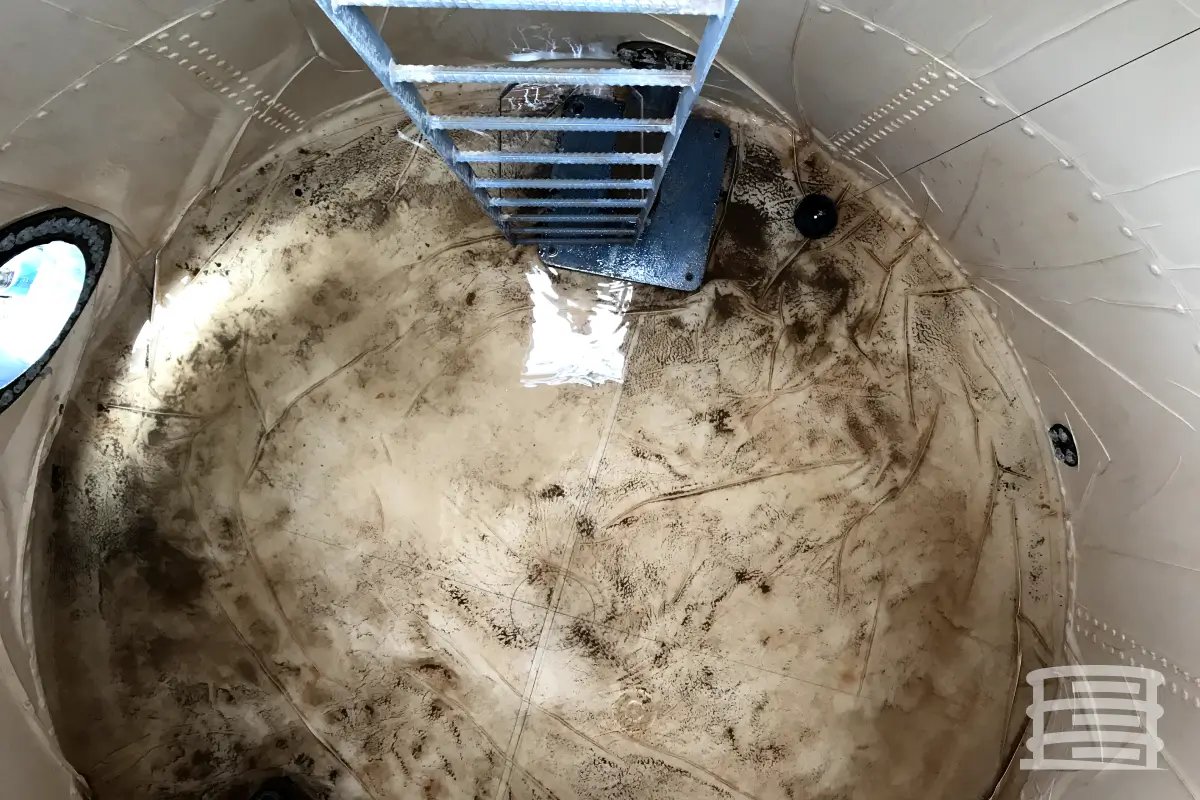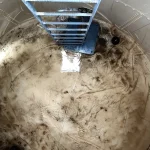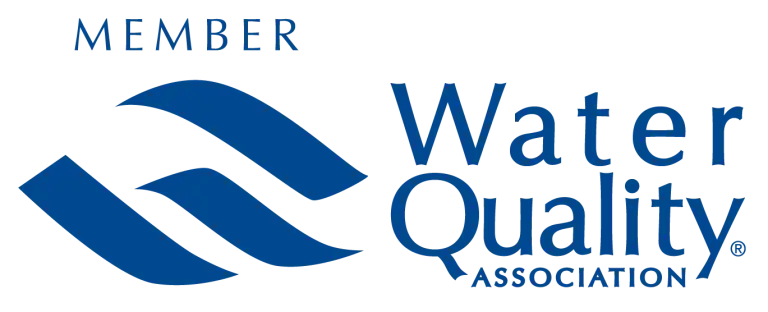A stagnant water tank can become a breeding ground for bacteria and algae, creating conditions that allow microorganisms like legionella to thrive. Additionally, the buildup of debris within the tank can damage pumps, filters, and other components.
Regular maintenance of the tank is a crucial proactive measure that informed plant managers can take to ensure safe operations and prolong the lifespan of the facility. These maintenance routines should include a strategy for regularly cleaning storage tanks.
Accumulated debris and contaminants that induce corrosion can combine, forming a sludge-like substance at the bottom or sides of unclean tanks. This can reduce the efficiency of storage tanks by promoting oxidation. Moreover, unclean and contaminated tanks pose environmental and safety risks to both the surrounding area and personnel.
Tank cleanings are often required as part of regulatory inspections and must be performed regularly by workers, depending on the materials stored in the tanks. It’s wise to schedule tank cleanings during routine maintenance or repair intervals to minimize productivity losses and downtime. Plant managers, for instance, may opt to coordinate routine metal tank cleanings during planned plant turnarounds or shutdowns, as periods of inactivity and halted production provide ideal conditions for cleaning tanks. Cleaning storage tanks before changing the stored materials is also crucial to prevent cross-contamination from old materials to new ones. Tank cleanings, like all plant and facility maintenance activities, carry inherent risks that workers must approach with the utmost caution.
Water contamination can lead to various illnesses, including diarrhea, cholera, typhoid, and lead poisoning. The simple act of cleaning your water tank could potentially safeguard your family against waterborne diseases.
If health concerns alone aren’t enough to motivate you to clean your water tank, we hope to appeal to economic reasoning. Regular maintenance of your water tank is far more cost-effective than dealing with expensive last-minute repairs. Consistent upkeep ensures that your water tank continually delivers clean water and operates at its peak efficiency.
Tank Cleaning Hazards
The potential dangers can vary widely, but thorough planning for tank cleaning should include measures to reduce risks and minimize harm. Tanks are inherently confined spaces, posing unique challenges for workers due to limited airflow and lighting.
Other potential hazards include:
- Fires or explosions
- Releases of toxic gases and vapors
- Oxygen depletion and other physical risks
- Exposure to radiation
- Environmental contamination, among others.
Employing trained professionals for tank cleanings is often the safest choice to prevent health and environmental risks and to mitigate danger.
Tank Cleaning Safety Tips
Choosing trained professionals to handle all tank cleanings is often the best decision to prevent employee health risks, environmental dangers, and overall risk reduction.
Efficient coordination is crucial; ideally, tank cleanings should proceed only after comprehensive risk assessments and planning conducted by plant managers. This planning phase should include obtaining necessary permits, organizing safety meetings, and ensuring proper execution of cleaning procedures.
Professional tank cleaning requires specialized training and industry-specific expertise. Only individuals with the necessary knowledge and skills should be assigned to the task. Employees who lack confidence in cleaning protocols or are in poor health should abstain from participation.
Before initiating cleaning operations, it is essential to prepare appropriate personal protective equipment (PPE) for handling hazardous materials and working within confined spaces. Providing employees with suitable protective gear is essential to ensure their safety.
Incorporating calibrated gas and oxygen detectors into the safety equipment is vital to alert cleaners of oxygen deficiencies. Additionally, plant managers should have safety harnesses and emergency kits readily available in case of unforeseen circumstances.

Trained personnel must confirm the proper closure, opening, or manipulation of all valves, manholes, and other tank components before commencing cleaning procedures to guarantee safe working conditions.
Neglecting tank cleaning poses a risk, but conducting it without adequate safety measures can be even riskier. It’s wise to seek professional assistance to ensure optimal safety for your facility, employees, and the environment, while also maintaining clean tanks.
For further details on any of the aforementioned topics, our friendly and knowledgeable customer service team is available to assist you. We offer dependable services in Houston, Texas, and Long Beach, California, supported by extensive experience and proven expertise.
Call NFPA 25 Inspections by American Tanks at +1 800 656 0167
Or email at info@nfpa25inspections.com







